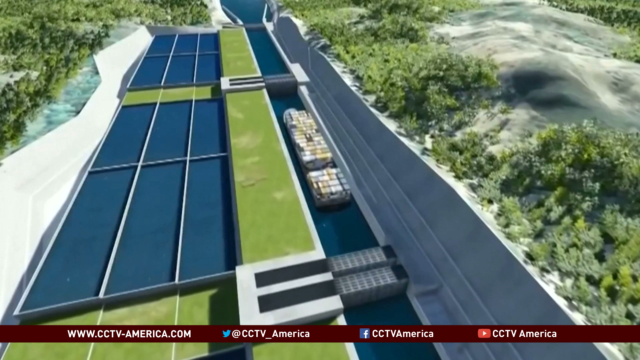Nicaragua and China broke ground on the Grand Canal-carrying with it some grand expectations.

“It’s a project in Nicaragua, for its people, for our America and the world,” Nicaraguan President Daniel Ortega said.
The head of the Hong Kong-based group behind the project said construction would be a boon to the future of mankind.
The canal was planned to connect Nicaragua’s Caribbean and Pacific Coasts and traverse Lake Nicaragua, the region’s largest freshwater reservoir. The country expects the canal to handle as much as five percent of all global maritime commerce. While doubling its economy in one of the poorest in the Americas.
The waterway hopes to eclipse the 100-year-old Panama Canal to its south, which stretches nearly 80 kilometers. The U.S. has eyed constructing a Nicaragua Canal since the 1800s, until it decided to turn to Panama instead.
The Grand Canal could establish a more visible footprint for China in the region.
The $50 billion project comes with it’s own challenges.
“Moving earth might be the main challenge. We are also building two locks. These locks are the biggest ever been built in the world,” Bill Wild, HK Nicaragua Canal Development Investment Co. Ltd. said.
Beyond the physical land challenges, those working on the project have to deal with skepticism.
Many local residents fear the project will harm the environment and are worried they will lose their land without fair compensation.
“In my opinion, there is no issue more important-compensation for families is an important issue,” Wang Jing, HK Nicaragua Canal Development Investment Co. Ltd. said.
The project is scheduled to be completed by 2020.
Dean of the Center for International Business Ethics, at the University of International Business and Economics, Liu Baocheng discussed the construction of Nicaragua’s Grand Canal and its possible effects in the long-term.

 CGTN America
CGTN America
